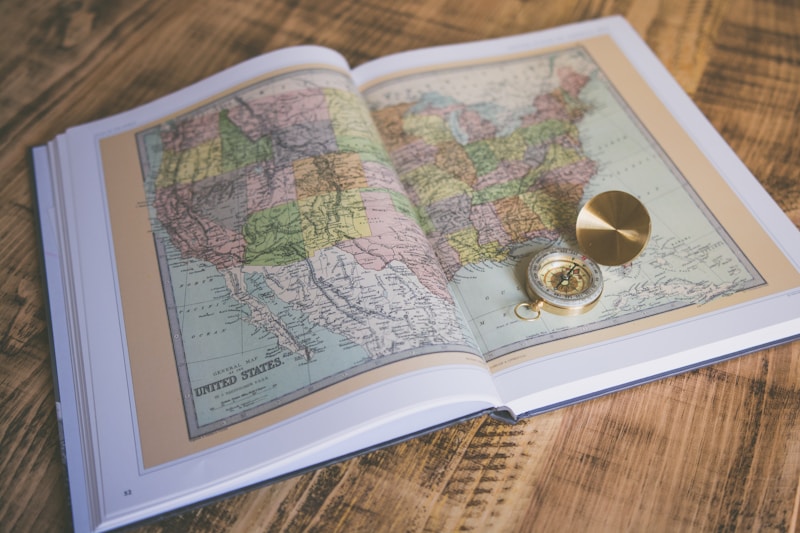12 Questions
What is population geography primarily concerned with?
Studying the spatial distribution of human activities
How is population density typically measured?
People per square kilometer
What influences population distribution?
Historical events
In what ways does population density impact urban areas?
Resource competition and overcrowding
What does population density help geographers determine?
Intensity of population in a region
Why is analyzing population distribution important for understanding human-environment interactions?
To address climate change
What is one of the main factors that drives migration?
Political instability
How does urbanization impact human populations?
Increases population and economic activity in cities
What do geographers use population projections for?
To estimate future population sizes based on trends
How can population growth or decline impact the economy?
Influences the availability of labor force
What is the demographic transition model concerned with?
Describing changes in fertility and mortality rates
Why do geographers study migration patterns?
To better comprehend population distribution changes
Study Notes
Exploring Human Geography: The World through a Population Lens
Human geography is the study of how people interact with their surroundings and each other, focusing on the spatial distribution of human activities and their implications. One particularly fascinating subdiscipline within human geography is population geography, which examines patterns in human distribution, demographic trends, and their effects on the environment, economy, and culture.
Population Distribution
Population distribution refers to the arrangement of human settlements across a region, country, or the world. This pattern is influenced by factors such as climate, natural resources, transportation infrastructure, and historical events. By analyzing these patterns, geographers can better understand the complex interplay between human populations and their environment.
Population Density
Population density is the number of people per unit area, usually measured in people per square kilometer or people per square mile. This metric helps geographers determine how intensely an area is populated and how resources may be distributed. For instance, high-density urban areas offer many benefits, such as access to public transportation, employment opportunities, and cultural diversity. However, they also present challenges like overcrowding, pollution, and increased competition for resources.
Migration
Migration, the movement of people from one place to another, is a fundamental aspect of population geography. This phenomenon is driven by various factors, such as economic opportunities, political instability, and environmental issues. As a result, migration has a profound impact on the distribution and composition of human populations.
Urbanization
Urbanization refers to the increase in population and economic activity in urban areas. This trend has been a defining feature of modern human geography, with more and more people moving from rural to urban settings. As a result, cities have become hotspots of economic growth and cultural exchange, while also presenting unique challenges and opportunities.
Demographic Transition
The demographic transition is a theoretical model that describes the changes in fertility and mortality rates that occur as societies develop. This model helps geographers better understand how population growth relates to economic, social, and cultural development.
Population Growth and Decline
Population growth or decline is influenced by various factors, including birth rates, death rates, and migration patterns. These changes can have profound effects on the environment, economy, and culture, and geographers study them to better understand the underlying causes and consequences.
Population Projections
Population projections are estimates of future population sizes based on current demographic trends and assumptions about future fertility, mortality, and migration. By analyzing these projections, geographers can better understand the potential impacts of future population changes on the environment, economy, and culture.
In conclusion, population geography is a fascinating and challenging subdiscipline within human geography that helps us better understand the complex interplay between people and their environment. By examining patterns in population distribution, density, migration, urbanization, and other phenomena, geographers can gain valuable insights into the forces shaping our world.
Test your knowledge of population geography, a captivating subdiscipline within human geography that focuses on human distribution patterns, demographic trends, migration, urbanization, and population projections. Dive into concepts such as population distribution, density, demographic transition, and factors influencing population growth and decline.
Make Your Own Quizzes and Flashcards
Convert your notes into interactive study material.




